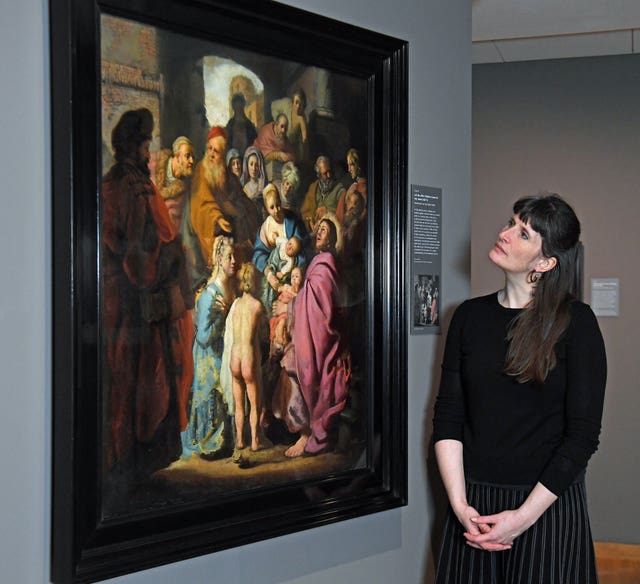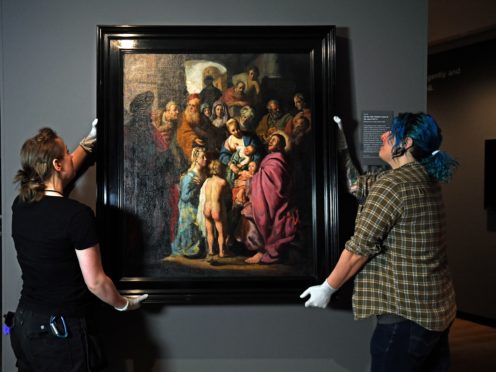A newly-discovered painting by Rembrandt will go on display for the first time, nearly 400 years since it was created.
The work of art entitled Let The Little Children Come To Me will be shown at the Ashmolean Museum in Oxford as part of its Young Rembrandt exhibition in honour of the Dutch artist.
The biblical painting was discovered in 2014 by Amsterdam art dealer and historian Jan Six, who identified the young man in the background of the painting as a self-portrait by Rembrandt.

The Ashmolean Museum’s Young Rembrandt exhibition is the first of its kind in the UK to examine the early years of the artist, considered one of the greatest of all time.
It will explore his first decade of work, from between 1624-34.
Let The Little Children Come To Me is believed to have been painted around 1627-28.
The exhibition will feature 31 paintings by Rembrandt, 13 by his notable contemporaries and a further 90 drawings and prints from international and private collections.
Among those on display will be Rembrandt’s earliest known work, The Spectacles Seller (1624-25), which is described by the museum as a “crude, garishly coloured painting by an artist struggling with his medium”, as well as Jeremiah Lamenting The Destruction Of Jerusalem (1630), hailed as an “acknowledged masterpiece”.
The Young Rembrandt exhibition runs from February 27 – June 27 in the John Sainsbury Exhibition Galleries at the Ashmolean Museum, Oxford.
